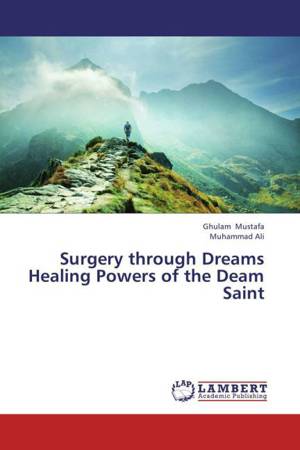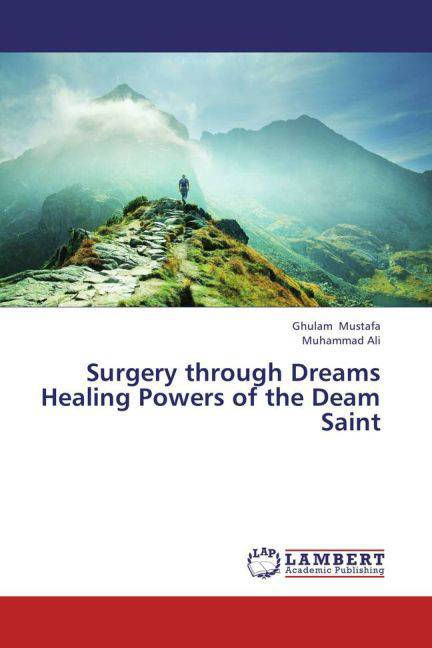
- Afhalen na 1 uur in een winkel met voorraad
- Gratis thuislevering in België vanaf € 30
- Ruim aanbod met 7 miljoen producten
- Afhalen na 1 uur in een winkel met voorraad
- Gratis thuislevering in België vanaf € 30
- Ruim aanbod met 7 miljoen producten
Zoeken
Surgery through Dreams Healing Powers of the Deam Saint
Ghulam Mustafa, Muhammad Ali
Paperback | Engels
€ 64,45
+ 128 punten
Omschrijving
This is an ethnographic study that focuses on the shrine of Sayedi Mossani with specific interest in the symbolic healing practiced at the shrine. This shrine is famous for surgery through dreams and is mostly visited by people who suffered of chronic illness and diseases for years. Dream provide the medium where by the dead saint visited the patients and transformed them from the state of illness to the state of the health. Dreams and their interpretation is dominant medium of therapy at the shrine.Dreams which are interpreted by the Fakirs of the saint at the Mazar help the patients to develop alternative narrative or life stories and help them to externalize their problem. Dream therapy in this instance is not bent on curing a disease but directed toward an alternative narrative of healing that hammers out new and viable way of articulating self and the world. So that the therapeutic encounter and the wary intimate healing relationship with the divine doctors, Sayedi Mossani, is the source of empowerment and transformation.
Specificaties
Betrokkenen
- Auteur(s):
- Uitgeverij:
Inhoud
- Aantal bladzijden:
- 84
- Taal:
- Engels
Eigenschappen
- Productcode (EAN):
- 9783659313004
- Verschijningsdatum:
- 28/12/2012
- Uitvoering:
- Paperback
- Afmetingen:
- 150 mm x 220 mm
- Gewicht:
- 136 g

Alleen bij Standaard Boekhandel
+ 128 punten op je klantenkaart van Standaard Boekhandel
Beoordelingen
We publiceren alleen reviews die voldoen aan de voorwaarden voor reviews. Bekijk onze voorwaarden voor reviews.








